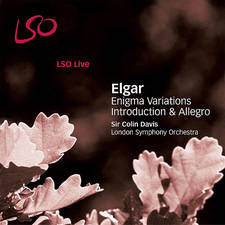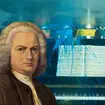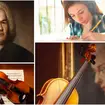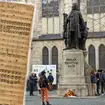Bach - Christmas Oratorio
Written in 1734, J. S. Bach's popular Christmas work is one of the choral masterpieces of the Baroque era - but the great composer took all of its tunes from other works.
Towards the end of J. S. Bach's career, around 1734 and 1735, the great man composed three large-scale choral works for major feasts - the Christmas Oratorio, the Ascension Oratorio and the Easter Oratorio. The Christmas Oratorio is by far the longest - lasting nearly three hours - and the most complex of the works. It was incorporated within services of the two most important churches in Leipzig, St. Thomas' and St. Nicholas'.
For the Christmas Oratorio, Bach cleverly used music he had already composed, adapting it for a new purpose. He took the majority of the choruses and arias from earlier secular works and gave them new words.
The Christmas Oratorio is in six parts, each of them being intended for performance on one of the major feast days of the Christmas period. The first part - for Christmas Day - describes the Birth of Jesus, the second - for 26 December - the annunciation to the shepherds, the third - 27 December - the adoration of the shepherds, the fourth - New Year's Day - the circumcision and naming of Jesus, the fifth - for the first Sunday after New Year - the journey of the Magi, and the sixth - for Epiphany - the adoration of the Magi.
Despite being conceived in six parts, the composer clearly envisaged the work to be heard as one united whole. Its unity is apparent within the music itself, through Bach's use of key signatures. Furthermore, each section combines choruses, chorales and, from the soloists, recitatives, ariosos and arias.


























